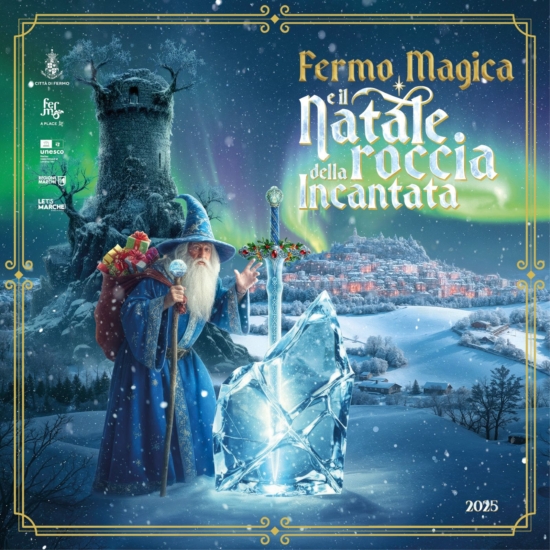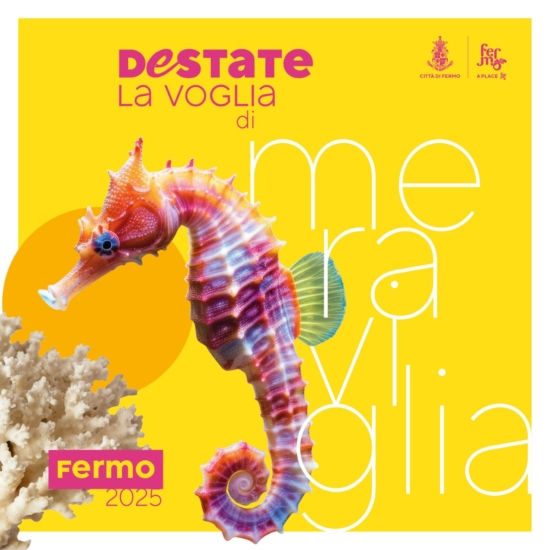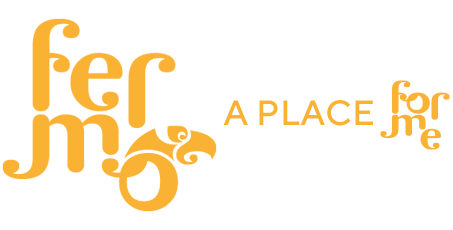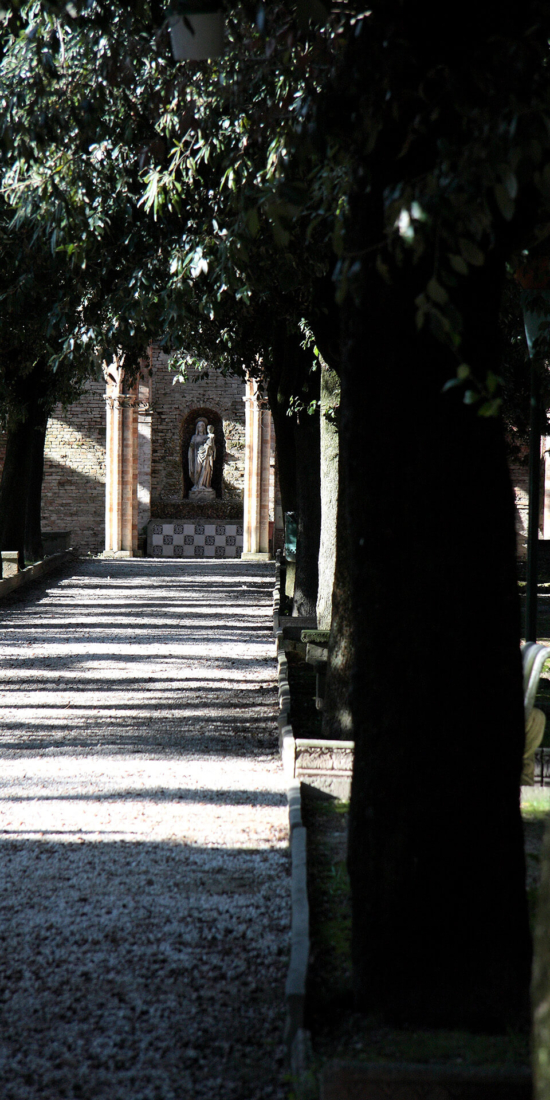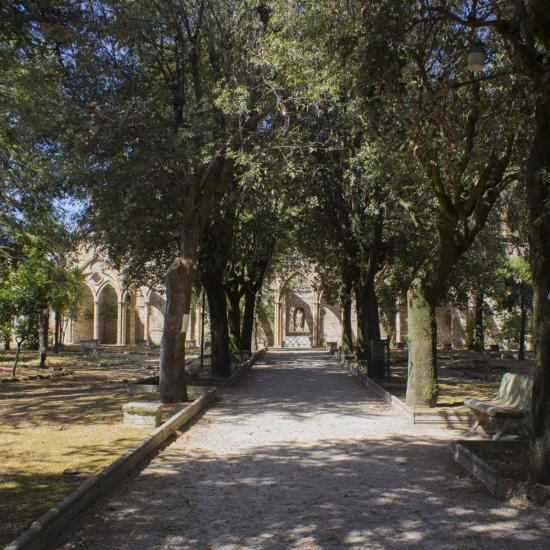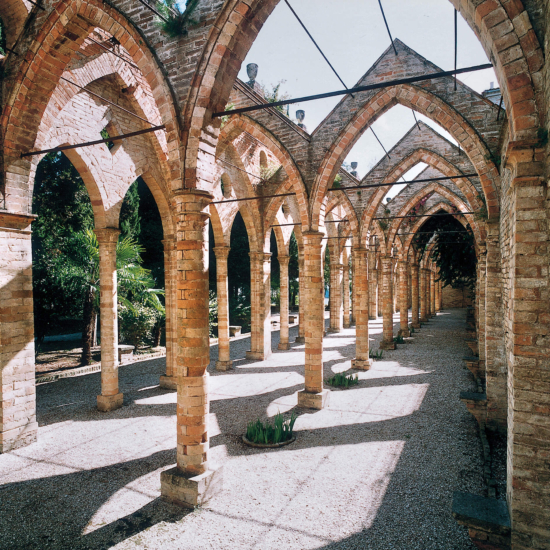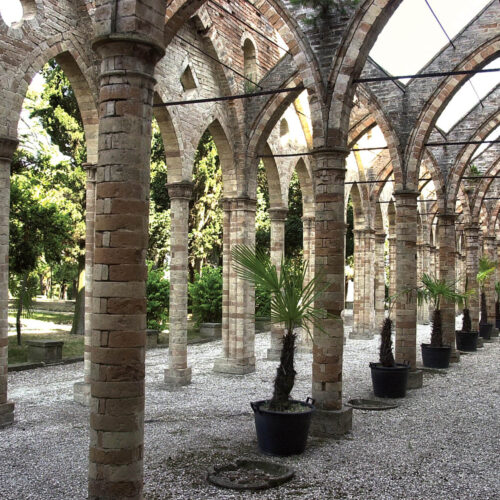It was realised in 1860, commissioned by Vitali Brothers, who decided to build there their Villa. The garden’s project was probably realised by Gaetano Manfredi, who in 1854 had planned also the main building.
The garden of Villa Vitali was thought and planned to be enjoyed only by a few people and every vegetal or architectural element had its own purpose and was conveniently maintained.
The Park has a Renaissance scheme and winding paths and it showed initially a different paths’ scheme and a different tree planting, but it follows the typical union of that time between green areas and architectural structures like statues, fountains and wells.
The structure and plants in Villa Vitali Park
The Park, together with Villa Vitali, was purchased by the Municipality of Fermo in January 1977.
Inside there are also different structures:
- The Galoppaio, located in front of the Villa, was used not only for equestrian exercises, but also to entertain guests. It had an elliptical shape, surrounded by two wings of cypresses and decorated with twenty-four busts made of terracotta. Today it is an open-air theatre.
- The Heated Greenhouse, today called Refreshment area, is located in the middle of the Park’s main avenue and is designated to be the plants’ winter shelter, thanks to a heating system whose exhaust pipe was located on the northern external wall.
- The Keeper’s House is a farmhouse from the XIX century converted into an accommodation for the coachman. The coachman worked also as gatekeeper and gardener, he sold for example the flowers overabundant the needs of the Villa itself that were produced and cultivated in the garden. Other buildings destined to the borders’ caretakers are located in the edges of the garden at the meeting of the perimetral walls.
- The Villa’s Wings, in neoclassical style, with round arches closed with coloured glass windows and a balustrated crowning, made up the winter garden next to the house, working also as extensions of the fashion living rooms.
- The neo-Gothic Portico is a building realised in 1860, when the rest of the Villa was built. The portico shows a covering of glasses and it was a fresh place where to stay during the warm days; it was also used as cold greenhouse to acclimate the exotic plants, whose import had already started in the XVIII century.
Many essences are cultivated in the Park: some are only decorative and the majority of them come from Europe, even if there are also exotic species like the Sofora Japonica Pendula (originating from China and Korea).

